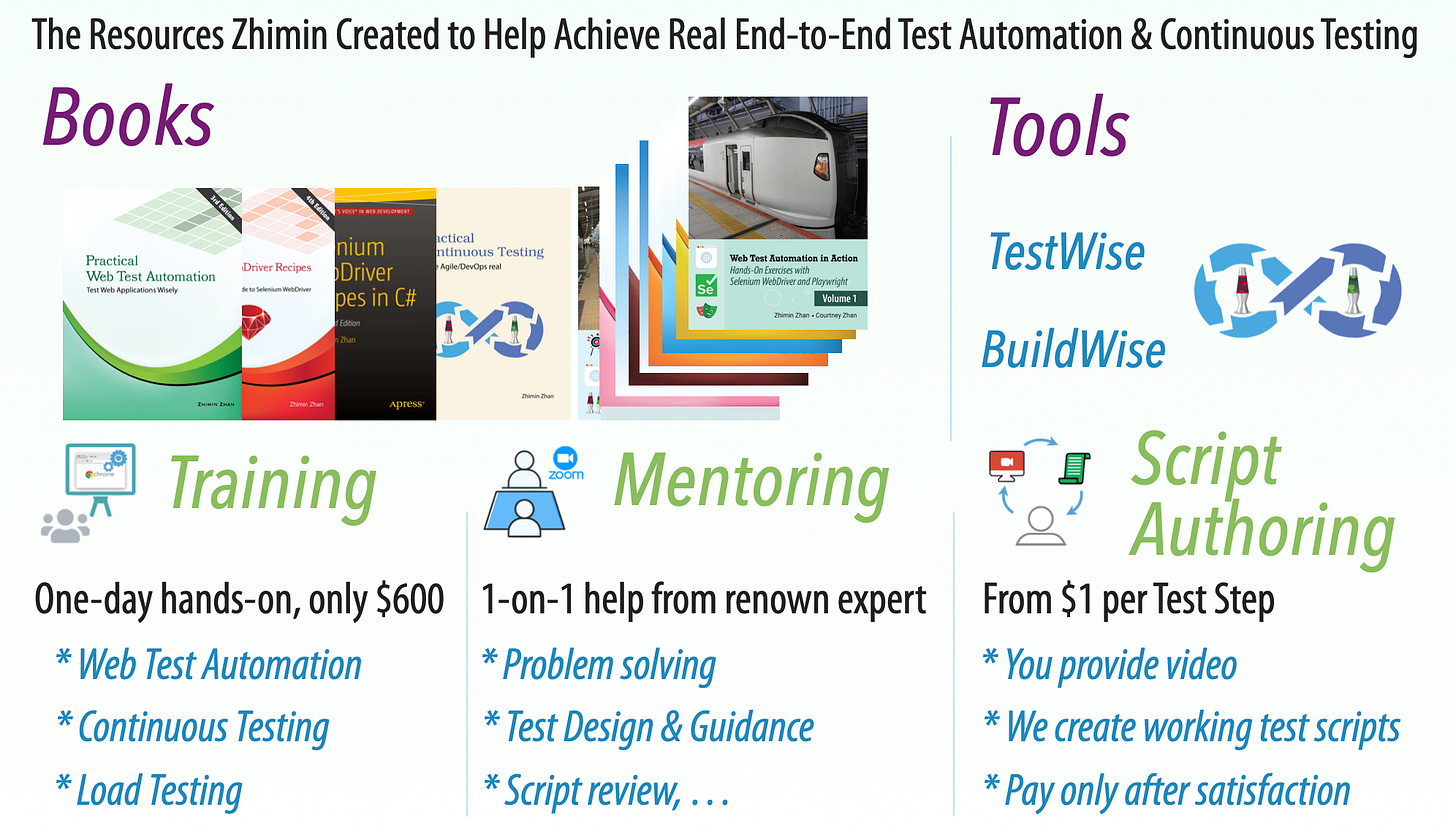'Fix One Software Bug, Create Three More' Syndrome — Part 1: Symptoms and Consequences
The Syndrome causes significant loss of time, money, and leads to frustration for software teams.
In this article series:
Part 1: Symptoms and Consequences
Part 2: Why is it happening? *
Part 3: Solution: Automated End-to-End (UI) Regression Testing
Part 4: Why is this syndrome still unresolved at many software teams?
Today, I came across this Meme in my X feed.
This is what I called “'Fix One Software Bug, Create Three More' Syndrome for years.
In several cultures, the number 'three' is often used as an abstraction to represent 'many,' as illustrated in this Meme.

The Symptom
A production defect was identified and, following the bug triage process, a bug report was created in the defect tracking system (DTS, now often JIRA in so-called Agile teams). It was then assigned to a developer, Toby, based on an educated guess—typically the person who most recently worked on that feature or made the last code changes.
Toby paused his current task, opened the defect in TFS, and began reviewing the details: abnormal behaviour descriptions, screenshots, system logs, reproduction steps, and so on. After some effort, primarily due to difficulties with test data, Toby was eventually able to reproduce the defect in the testing environment.
Fixing the issue is the easiest part of the entire process.
Once the fix was applied, Toby performed a quick verification in the test environment to ensure the system behaved as expected.
He then marked the defect as “Resolved” in TFS and returned to his previous work.
The bug fix went through the standard pipeline: it passed a mandatory code review, ran through the ‘so-called’ CI/CD pipeline (which commonly only executes a few or no automated unit tests), was verified through manual testing, approved by the release manager, and deployed to the production environment within a few hours.
The next day — boom! Three (maybe more) new defects were discovered, all related to Toby’s bug fix.
How Frequent?
The “Fix One Bug, Create Three More” syndrome doesn’t occur every time—or even frequently. If it did, we’d be better off not fixing bugs at all. (Ironically, that’s precisely how many teams treat non-critical defects by default.)
Still, it happens often enough that software professionals have turned it into a meme (and many ‘liked’ it),
As a programmer, I’ve been guilty of that a number of times myself — at least until I embraced automated end-to-end (UI) regression testing.
A Story
About ten years ago, I joined a .NET project team made up mostly of senior contract developers. Rob was the starting member on the team and formerly a senior consultant at a big tech firm. Everyone liked Robert. He was energetic, technically strong, always ready to help others, and eager to take on tasks.
But there was one issue. As the team lead once remarked with a half-smile, “When Robert fixes one bug, he creates three more!”
Robert was fully aware of too, and figured out that regression testing is the answer. He proposed a group session to demonstrate his recently discovered approach. After his demo, most developers praised his work—except me. The manager, aware of my efforts, asked me to present my own regression testing approach. Put simply, despite being a senior developer and consultant, Robert didn’t really understand regression testing at all. When I demonstrated what real regression testing looked like, the room fell silent. The full story is covered in this article.
Of course, nothing changed after the meeting. I still did my own regression testing; No one talked about automated regression testing anymore.
Conseuqences
By calling it a “syndrome,” I’m highlighting two key aspects: the damage it causes and its tendency to recur if left untreated.
Let’s start with the damage.
1. A Blow to Team Morale
At its core, engineering is about building reliable, repeatable, and verifiable solutions — and software engineering is no different. When the "Fix One Bug, Create Three More" syndrome creeps in, it erodes that foundation. Each instance not only highlights a gap in quality but also chips away at the team's confidence and morale.
For product managers and executives, team morale is a critical indicator. If morale is low, it's a clear sign something's gone wrong — and leadership must take responsibility.
2. Disruption to Development Schedule
IT managers strive for well-structured delivery plans, but software defects are natural disruptors. Critical bugs take top priority, often forcing developers to abandon their current tasks to put out fires.
With the "Fix One Bug, Create Three More" syndrome in play, it becomes a cycle of constant firefighting — throwing schedules into chaos and making meaningful progress difficult.
In Part 2, I’ll explore the reasons why this syndrome is so common among software teams.
Related reading:
My eBooks:
- Practical Web Test Automation with Selenium WebDriver
- Practical Continuous Testing: make Agile/DevOps realReal End-to-End UI Automated Regression Testing: The Best Weapon for Addressing Technical Debt
E2E Test Automation Regression Testing is Far More Preferrable than a Formal Code Review PR Process






